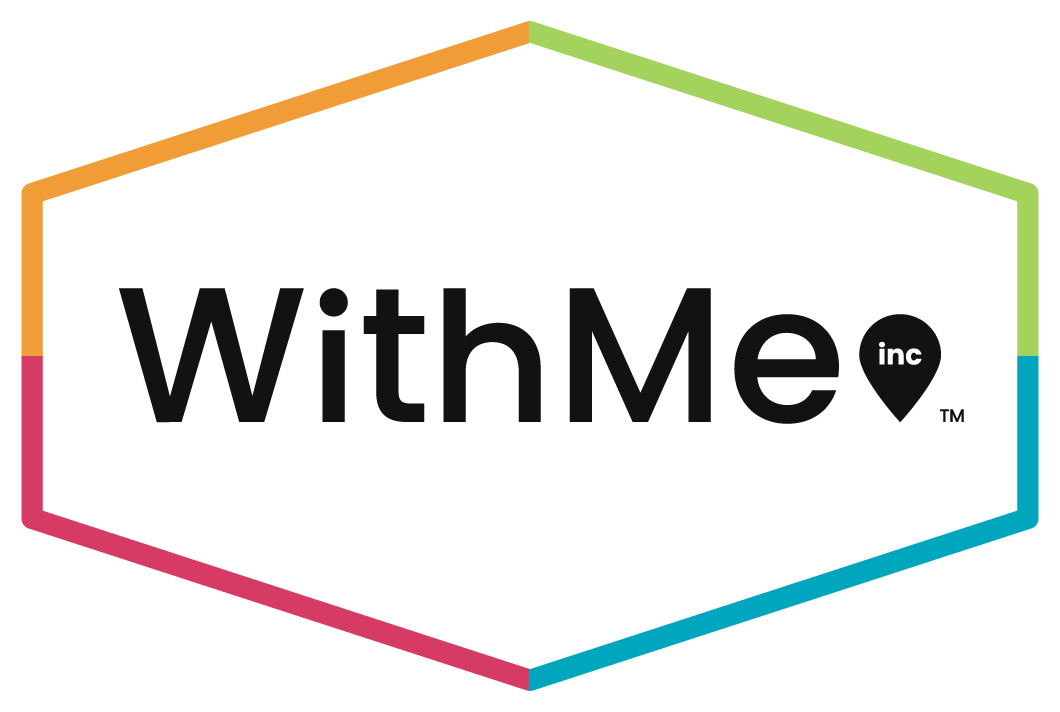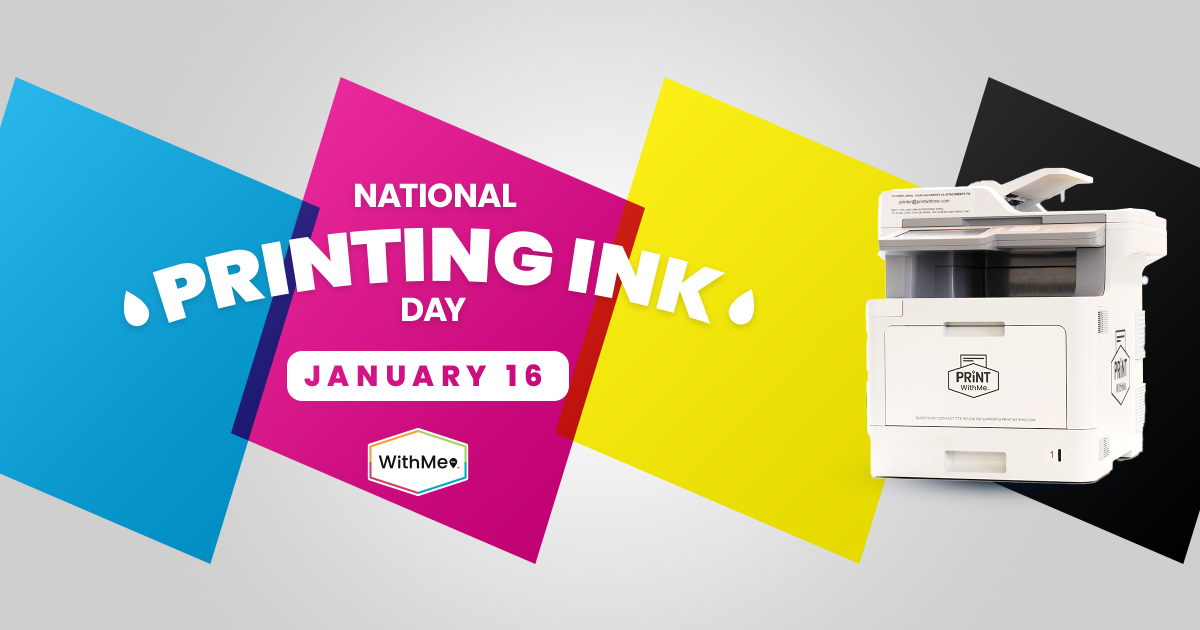As purveyors of printing, we were excited to learn that there was an entire “holiday” devoted to an unsung hero of our industry - printing ink!
In this blog, we’ll delve into the origins of the holiday, the evolution of printing and the difference between printer and toner.
An Elusive History
Very little information exists about the origins of National Printing Ink Day, but it’s rumored to have started back in 1977. As legend has it, the goal was to not only recognize the pivotal role that ink plays in the printing industry, but to recognize the ink manufacturers, printers and designers responsible for creating the printed materials we use on a daily basis.
As Ronald C. Barker, former president of the National Association of Printing Ink Manufacturers (NAIPM), so eloquently noted:
“Today, in this era of satellites, television and electronic message transmission, it is still the printed word and picture to which our society turns for permanence, for clarity, for study and for continued use and enjoyment. We, in NAPIM, look to the talented, career-minded young people in our printing colleges and technical institutes to carry on the standards of value, quality and service which has been maintained by the printing ink industry over the years."
Though unclear if it was intentional, Printing Ink Day very fittingly falls in the middle of International Printing Week. A thinly veiled celebration of the birthday of Benjamin Franklin, International Printing Week was the brainchild of the International Association of Printing House Craftsman (IAPHC).
Launched in 1944, International Printing Week used to be observed by printing clubs and printers around the country. The occasion would be marked with special activities, public events, newspaper articles and even lavish dinner parties. The IAPHC often issued special stamps for envelopes, posters and books to support the weeklong celebration.
Over the years, the celebrations have, naturally, evolved. Today, university art departments and graphic industry experts use the week as an opportunity to celebrate their work and share new innovations.
A Brief History of Printing
Printing has quite a long and illustrious history. Let’s take a quick look at how we’ve gotten to where we are today.
Woodblock Printing
Woodblock printing is cited as the earliest form of printing. It was developed in China in roughly 200 A.D. As implied by its name, woodblock printing involves carving a design into a block of wood, inking the raised part, placing paper on top and applying pressure to create an image. The invention of this process marked the first time in recorded history that a design could be accurately and efficiently replicated.
Movable Type
Also developed in China, movable type became popular in 1041. Specifically used to print script, movable type gave printers the flexibility to configure individual letters in any order. The first tiles were made from clay.
Printing Press
A household name in printing, Johann Gutenberg invented the game-changing printing press in 1440. Leveraging the concepts of movable type and woodblock printing, Gutenberg managed to successfully consolidate the two processes into a single hand-operated device. The printing press dramatically increased the speed at which printed materials could be produced, bringing a new level of knowledge to all classes. The bible was the first book Gutenberg mass produced, and in 1455, he churned out a staggering 180 copies.
Etching
The next phase of printing came in 1515 in the form of etching, a process inspired by Middle Ages armour decorating. To create an etched print, a plate made from copper or zinc is coated in an acid-resistant substance (Etching Ground) and drawn on with a sharp tool. The plate then receives an acid bath, removing any areas not protected by Etching Ground. Paper is placed on the plate and sent through a press to create a print.
Lithography
Still in use today, lithography hit the scene in the 1790s. This technique involves drawing an image onto limestone with an oil-based medium and then covering the stone with acacia-based gum. The solution is then removed with lithographic turpentine, and the ink only takes where it’s required.
Offset Printing
A process virtually unchanged to this day, offset printing was introduced in 1875. Ink is transferred from a plate to a rubber blanket to the printing surface. In tandem with lithography, offset printing is commonly used today to produce magazines, posters and large format prints.
Screen Printing
Screen printing was actually developed by the Chinese between 960 - 1279 A.D., but wasn’t widely adopted until the 1910s. In this process, ink is pushed through a mesh stencil onto textiles or paper.
Inkjet Printing
The advent of inkjet printing in 1951 eliminated the need for direct paper contact, as ink is applied through jet spray.
Laser Printing
Leveraging the jet technology of 1951, laser printing was Introduced in 1969. It produces high-quality images by passing a laser beam back and forth over a negatively charged cylinder within the printer. The printer then collects electrically charged powdered ink to transfer the image to the paper.
Digital Printing
Making its debut in 1991, digital printing made it possible to print directly from a digital file – and subsequently made home printers a viable option.
Now that we’ve made our way back to present day, let’s delve into the ingredients of modern printing techniques - ink and toner!
The Great Debate: Printing Ink vs. Toner
Though the two terms are often used interchangeably, and both are used in printing, ink and toner are vastly different.
Ink is a liquid composed of water, chemicals and colorants, and it’s used exclusively in inkjet printers. To apply ink to paper, inkjet printers emit very small amounts of ink through tiny nozzles and onto the paper as it passes through.
Inkjet printers typically have the ability to print in black and full color, and they use several cartridges at one time (black, cyan, magenta, yellow).
Toner, on the other hand, is a very fine, statically charged powder made of organic compounds and polymers. Used in the laser printing process, toner is fused onto a page. An electrostatic template of a printout is created by a laser on an internal drum, and when toner is released, it clings to all areas that are electrostatically charged. When paper passes over the drum, the image is imposed. Laser printers are two to three times faster than inkjet printers, making them a great choice for text-based documents.
In general, toner has a longer life cycle than ink, and it tends to be more expensive.
This concludes your crash course on printing!
Want a reason to celebrate Printing Ink Day at your multifamily property? We’ve got you covered. Our printer amenity solution, PrintWithMe, is the hands-free and hassle-free way to offer convenient printing to residents and on-site teams. If you’re interested in leveling up your printer, let’s talk!




